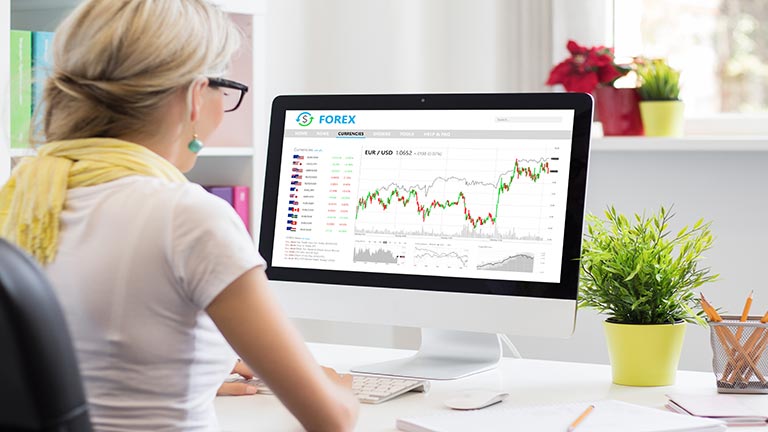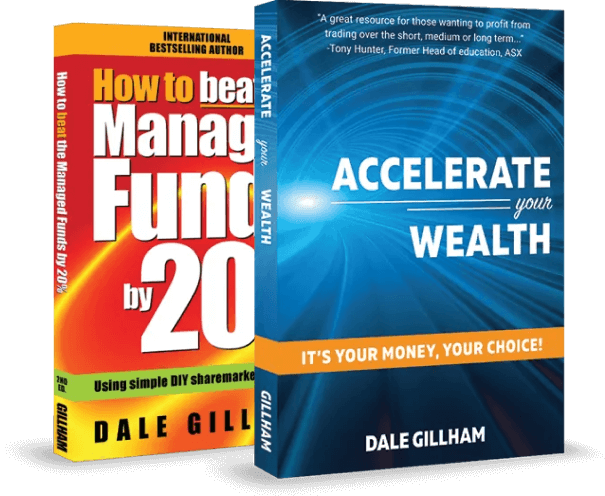Record Jobs Lost to AI in August: Is Your Job Next?

By Fil Tortevski and Dale Gillham
Australia has just witnessed the biggest wave of job cuts in recent history and it’s no coincidence that AI is at the centre of it. This isn’t a warning about the future, it’s happening right now.
CSL has announced 3,000 job cuts over the next two years, while Westpac is axing 1,500 positions under the glossy label of “simplification.” Commonwealth Bank has quietly swapped 45 call centre roles for AI chatbots, and Telstra is pushing ahead with another 550 redundancies as automation takes hold.
The corporate spin calls it “restructuring.” Let’s call it what it really is: AI is replacing people.
The reality of the jobs market and AI
Now here’s the part that should shock you. In July, Australia’s official unemployment rate fell from 4.3 per cent to 4.2 per cent. Sounds like good news, right? Wrong. That dip was almost entirely driven by government hiring in the public sector. Strip that out and the truth is brutal: private companies aren’t hiring, they’re firing. The headline numbers are hiding the real story.
This is why AI is different from every so-called “efficiency drive” we’ve seen before. This isn’t just trimming costs or outsourcing work. Once an algorithm replaces you, that job is gone forever. No rehiring, no cycle back, it’s just gone.
For everyday Australians, the message is chillingly clear: if your industry is in AI’s sights, your pay cheque could vanish almost overnight. So, what can you do? The answer isn’t waiting for the government, your employer, or the union to save you. The answer is building financial independence because money doesn’t fire you.
How to take back control of your cashflow
A smart dividend portfolio can provide income even if your job evaporates. Short-term trading strategies let you profit from the volatility AI is unleashing on markets. Growth portfolios create long-term wealth that doesn’t depend on whether your boss thinks you’re expendable.
History proves this. The stock market has survived two world wars, a depression, financial crises, and countless recessions. It’s bigger than ever. It won’t downsize you, it won’t restructure you and it won’t replace you with a chatbot.
So, if you’ve never invested before, here are three simple ways to get started:
- Start small, start now: you don’t need a fortune, even $1,000 gets you in the game.
- Think dividends, not just growth: companies that pay regular dividends can provide cash flow just like a paycheque.
- Educate before you speculate: learn how to trade and manage risk before chasing the next hot stock, because knowing how to structure a trade correctly will make all the difference to your chances of success in the long run.
The bottom-line is this: don’t be fooled by the official job numbers. Australia is already living through the biggest AI-driven job cull yet. The only question left is this: when AI knocks on your door, will you be ready?
What are the best and worst-performing sectors last week?
The best-performing sectors included Materials, up 5.24 per cent followed by Consumer Discretionary, up 3.78 per cent and Real Estate, up 2.89 per cent. The worst performing sectors included Healthcare, down 0.97 per cent followed by Industrials, up 0.19 per cent and Financials, up 0.28 per cent.
The best performing stocks in the ASX tops 100 included Northern Star Limited, up 18.17 per cent followed by ID Education, up 17.17 per cent and Lynas Rare Earths, up 16.74 per cent. The worst-performing stocks included Light & Wonder Inc, down 20.17 per cent followed by Telix Pharmaceuticals, down 12.46 per cent and ASX Limited, down 7.57 per cent.
What's next for the Australian stock market?
The Australian share market broke through another milestone last week, with the All Ordinaries notching a fresh all-time high just under 9,300 points after some early week selling. The next obvious target level now becomes 9,300 to 9,400 points, but it also raises the odds of a well-earned breather.
Here’s why. Since the April low, our market has surged more than 26 per cent without a meaningful correction. To find a comparable run, you’d have to go back to the 2003–2007 bull market, one of the strongest in history. Even then, with volatility like what we’re seeing now, the index never ran this far without a pause. In fact, five separate times from 2003 to 2007 the All Ords gained between 22 per cent and 27 per cent before sellers stepped in, forcing a pullback that lasted a month or two.
Right now, history suggests that we’ve already pushed past the limits of a normal bull run. September and October are also looming, which is traditionally the market’s weakest months where declines have been the norm for over four decades. As such, the likelihood of a short-term top is now looking stronger.
But this isn’t a reason to panic. For traders and investors, near-term weakness should be seen as an opportunity, not a threat. Keeping some cash ready on the sidelines could put you in the perfect position to scoop up quality stocks at more attractive prices when the market takes its next breath.For now, good luck and good trading.
Dale Gillham is the Chief Analyst at Wealth Within and the international bestselling author of How to Beat the Managed Funds by 20%. He is also the author of the award-winning book Accelerate Your Wealth—It’s Your Money, Your Choice, which is available in all good bookstores and online.






